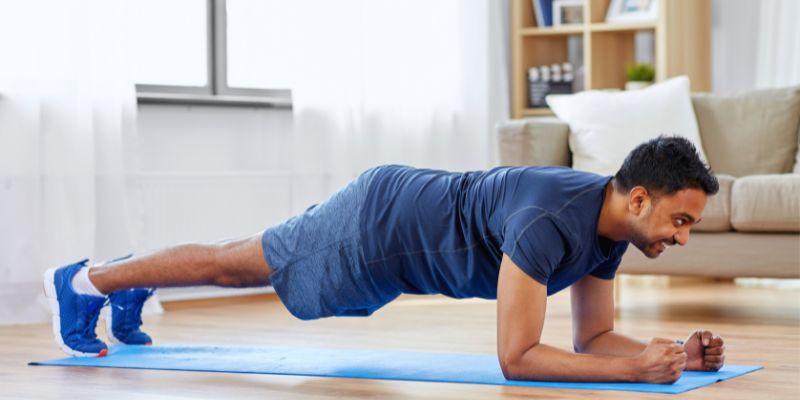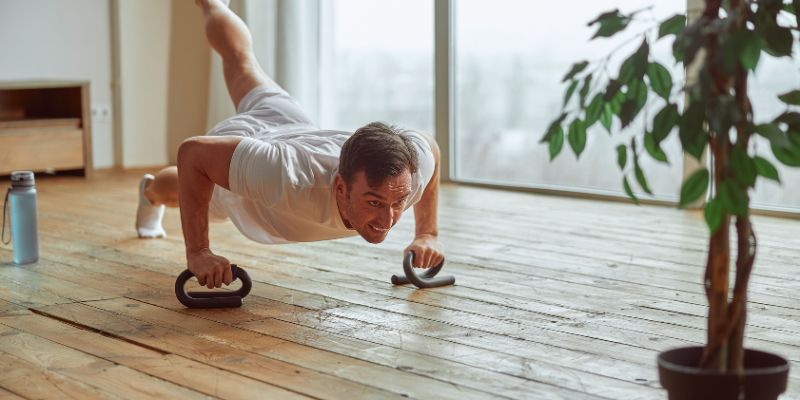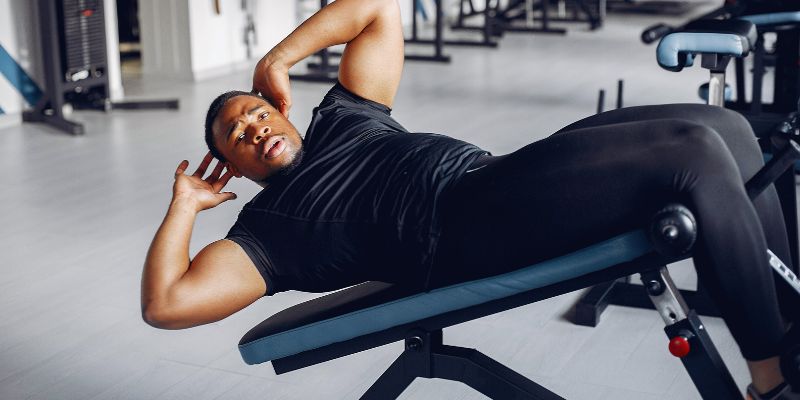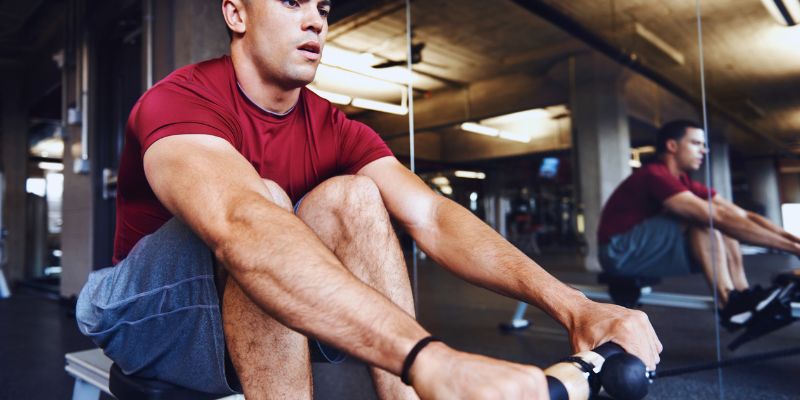6 BOSU Exercises for the Core: Build Strength and Enhance Flexibility
The BOSU ball is excellent for core training. It causes instability and increases the effort muscles must make to keep balance. BOSU workouts increase strength, stability, and flexibility regardless of your experience level—that of an athlete or novice. Deep core muscles engaged by this exercise equipment help with posture and prevent injuries. Include BOSU workouts in your program to test your balance and build abs, obliques, and lower back.
The special half-ball design helps muscles stabilize during movement, optimizing training. These workouts also increase flexibility and coordination, raising general fitness. Below, we'll explore six essential BOSU exercises for core strength. Try these exercises to increase flexibility and tone your belly.

1. BOSU Plank Holds
One great approach to working the core is by planks. Including a BOSU ball adds challenge and calls for more stability. Plank from a BOSU ball dome-side down position. Using both hands, grip the platform's edges. Straight line your body from head to heels. Using your core, hold this posture for thirty to sixty seconds. Avoid sagging hips or back arching. Breathe steadily and keep your abs firm.
This workout builds the core, including the abs, obliques, and lower back. The unsteady surface forces deeper muscular activation, hence improving stability. It also helps posture and lowers the risk of back pain. For beginners, maintain knees on the floor to adjust. Advanced people can do side planks or add leg lifts. Including BOSU planks in your training improves core strength and endurance.
2. BOSU Russian Twists
Russian twists with a BOSU ball work the obliques and increase rotational power. Either feet flat or raised, sit on the BOSU dome. For extra challenges, hold a weight or medicine ball. Keeping your spine straight, gently lean back. From side to side, twist your torso so the weight falls toward the floor. Use your core all through the motion.
This workout improves the sides of the abs, so supporting balance and coordination. The unstable surface of the BOSU forces muscles to work harder for stability. It also increases spinal mobility, which helps athletes in sports needing rotation. For stability, beginners might keep their feet on the floor. To challenge advanced users, raise your legs. Including BOSU Russian twists in your program increases core strength and helps define the waistline. To get the most advantages, move under control. Avoid momentum and concentrate on working your obliques.
3. BOSU Mountain Climbers
Mountain climbers on a BOSU ball raise their heart rate while strengthening the core. Holding the platform edges, place the BOSU ball dome-side down. Keep your body in line and get into a plank position. One knee should be driven toward your chest; then, rapidly change legs. Stay with your core active all through the activity. While increasing cardiovascular endurance, this workout works the abdomen, obliques, and shoulders.
Deeper muscular activation brought about by the BOSU's instability forces improves balance and coordination. It's also good for losing weight since it burns calories. Novices might slow down to keep control. Advanced users could add a push-up between repetitions or boost speed. High-intensity workouts benefit much from BOSU mountain climbers. They increase agility, tone the core, and develop endurance. Include them into a full-body burn's circuit training. Maintaining control of motions will help to maximize outcomes and prevent losing balance.
4. BOSU V-Ups
BOSU V-ups are great for developing powerful abs. Sit on the BOSU dome, legs outstretched. Slink back gently, then balance on your tailbone. Reaching your hands toward your feet, concurrently raise your legs and upper body. Lower back down under control and then repeat. This exercise works especially with the lower abs; it works the whole core. The unstable surface of the BOSU calls for more balance, which increases muscle effort.
It also advances coordination and flexibility. Novices can adjust by maintaining their feet on the floor or bending their knees, while advanced users face extra challenges. Including BOSU V-ups in workouts helps define a midriff. Their help also extends to posture and body control. To engage muscles, move slowly and deliberately under control. Avoid momentum and give good form top priority. Anyone wishing to improve core strength and stability will find the ideal fit for this exercise.
5. BOSU Side Plank Hip Dips
Using a BOSU ball, side plank hip dips help to strengthen the obliques and increase stability. Extending your legs, place your forearm on the BOSU dome. Keep your body in a straight line, and work your core. Slink your hips toward the floor, then raise back. Repeated on both sides. While improving balance and coordination, this exercise works the side abs. The unstable surface of the BOSU triggers stabilizing muscles, thereby intensifying the difficulty of the movement. It also lowers back pain risk and corrects spinal alignment.
For beginners, bend the bottom knee for support. Advanced people can do slow, deliberate repetitions or add weight. BOSU side plank hip dips strengthen the lower back and help shape the waistline. Their effect extends to posture and endurance. Maintain control over your movements, and use your obliques to the best advantage. Building core strength and flexibility is quite beneficial with this exercise.

6. BOSU Dead Bug
An excellent core stability drill is the BOSU dead bug. Lie back supported on the BOSU dome. Raise your legs to a tabletop posture, then stretch your arms toward the ceiling. Lower one arm slowly toward the floor and the other leg opposite from it. Go back to your starting point, and then flip sides. By strengthening deep core muscles, this exercise helps with posture and balance. The instability produced by the BOSU ball increases activation. It also increases coordination and helps ease lower back tension. Novices can adjust by keeping motions smaller. Advanced users can hold a weight for additional challenges.
Bosu dead bugs improve flexibility and core control. They also help athletes and active people by improving motor skills. To get the best, go slowly and deliberately under control. Avoid arching your back to maintain core engagement. Anyone trying to develop a strong, solid core will find this workout ideal.
Conclusion:
Unique challenges presented by BOSU core exercises help to develop flexibility, balance, and strength. Targeting several core muscles, these six movements improve general stability. Including them throughout your program improves coordination posture and helps prevent injuries. The unstable surface of the BOSU ball stimulates deep muscles, enhancing the exercise's efficacy. These workouts can be adjusted to fit your degree of fitness, regardless of the amount of experience. Frequent practice increases functional movement and tones the midsection. These BOSU core strength exercises can help you to elevate your workouts.












